All about mousetraps
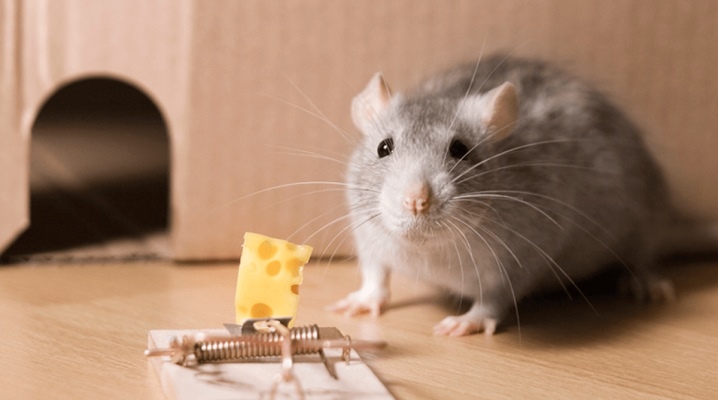
Mousetraps are used to kill rodents in premises for various purposes. Such devices are designed to capture and kill mice trapped in them. Devices from this series differ in the principle of operation and effectiveness.


Types and principle of action
A mousetrap is an automatic device used to catch small rodents. But you still need to lure the mouse into a trap. For this purpose, a bait is used. In an attempt to feast on it, the rodent activates a lever. The weight falls, overturning the support or triggering another descender, trapping the rodent.
There are several types of mousetraps with which you can catch pests.

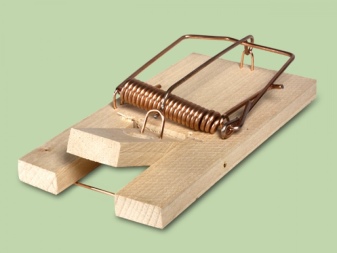
Regular spring
A conventional spring device designed for catching mice is considered a classic. Its design provides for the presence of a lever and a spring equipped with a metal arc. Attempts by the mouse to pick up the treat result in the trap triggering and hitting it. The rodent dies from his injuries.
There are devices for trapping mice equipped with barbs and spikes that increase lethality.
The disadvantage of such devices is associated with false activations, and nimble mice manage to get the bait and bounce back, avoiding death.
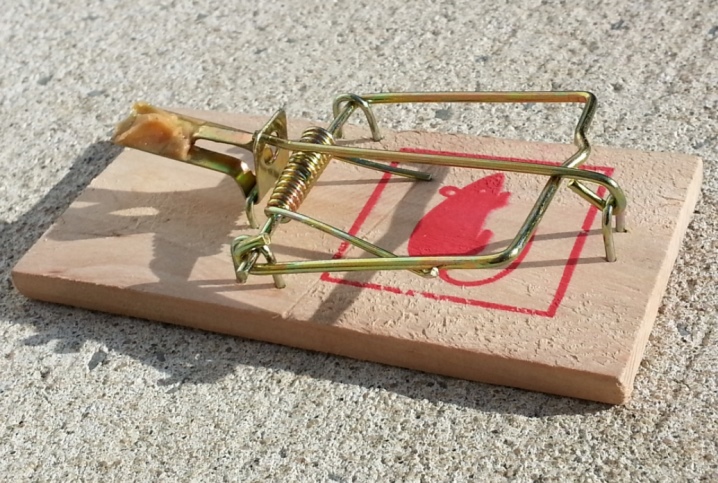
Cage mousetrap
This type is a closed structure in which the cage slams shut automatically. The bait is placed at the end opposite to the entrance. Having penetrated inside, the rodent closes the mousetrap and is locked up. At the same time, the pest remains unharmed.

Glue
In adhesive models, a sticky substance covers the surface. A pest treat is placed in the center. Having reached it, the rodent sticks. The disadvantage of such a device is that the mouse does not die immediately.

Mousetrap Tunnel
In appearance, it resembles a tunnel with a hole extending upwards, behind it is the bait. Sensing its scent, the mouse is inside, but it collides with a thread through which it is impossible to get through. After biting the thread, the rodent launches a spring, and the rope is tightened around it.
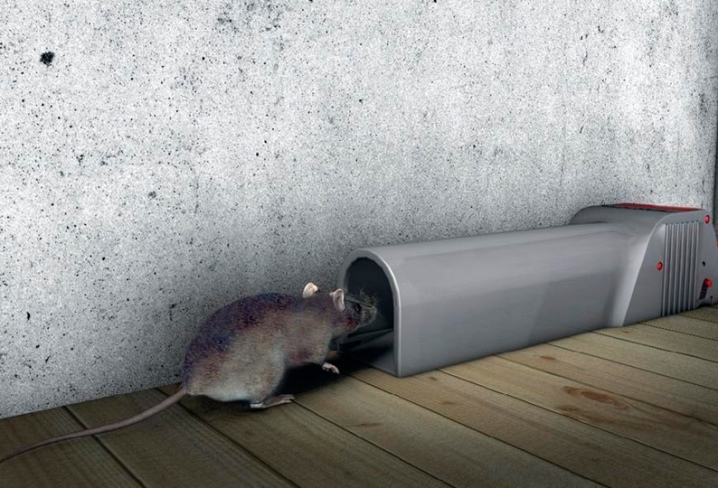
Crocodile Mousetrap
The advantages of crocodile mousetraps are their efficiency and lightness. The simple design provides for two plastic jaws. One of the jaws functions by means of a compressed spring. Its mechanism activates the jaw after the slightest movement inside the mousetrap.
I put the bait prepared for the pest in the "bosom" of the mousetrap. As soon as the rodent touches the trap, there is a sharp clenching of the jaws, they kill their miniature prey.

Electric
Electric mousetraps are very popular. The rodent caught in them is killed by the current charge. Its capacity is 8-12 thousand V. This is fraught with instant death of small pests. The devices operate from an electrical network or batteries. There are models equipped with other options:
-
an indicator showing whether there is a rodent inside;
-
a container for storing slaughtered individuals.
There are several types of mousetraps.
When using any of them, the main thing is to remember that it is unacceptable to remove a dead rodent with your bare hands. Use gloves without fail. You can take dead mice with paper.
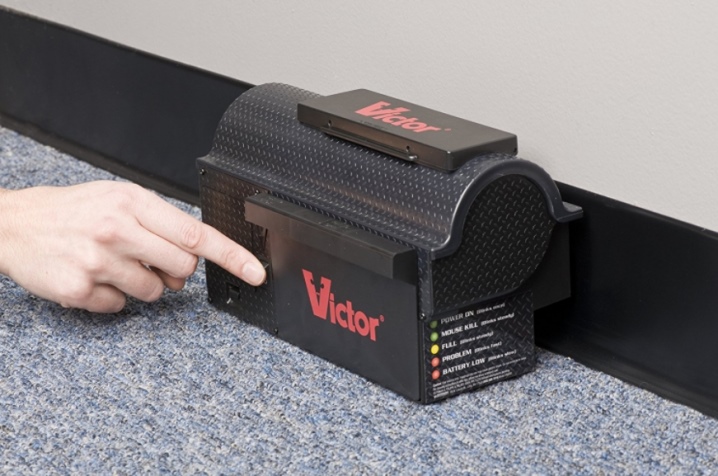
What is the best way to lure?
The presence of a mousetrap is not everything in a successful fight against rodents that have invaded the house. You need to put bait inside the device designed for catching mice. The challenge is to properly charge the device. The bait can be:
-
meat or pieces of bacon (meat is mixed with onions, the recommended proportion is 5: 1);
-
sausage;
-
dry bread (it is pre-moistened in sesame or unrefined vegetable oil);
-
a fish;
-
muffin.
The mouse always falls for such a bait. It is the best rodent bait to attract rodents from all corners of the house. The bait is placed in the center of the mousetrap.
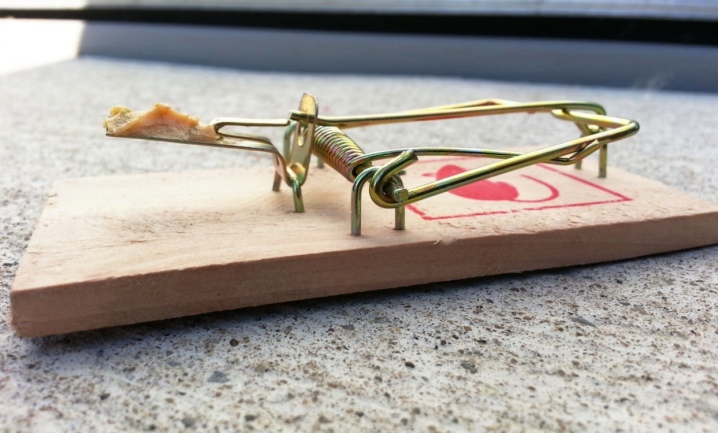
The bait must be fresh, contain a minimum amount of chemical components, and have a pronounced aroma. The presence of the smell of predatory animals and humans is unacceptable.
The bait should be changed every 3-7 days. It all depends on how many rodents are in the building. The smell of food should not give pests a premonition of danger. Before using the mousetrap, feed uninvited visitors with bait - this will form a habit in them.
According to professional deratizers engaged in the destruction of rodents, mice prefer plant foods. But they do not refuse to eat meat products either. If the pest is very hungry, he will not even resist a piece of fruit - a pear or an apple.

How to make a mousetrap with your own hands?
You can catch mice not only with store products, but also with homemade ones. Try making a rodent exterminator out of a bottle and other materials you can find.
Properly designed homemade mousetraps are just as effective as purchased ones.
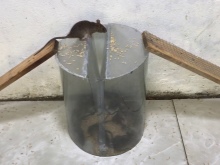
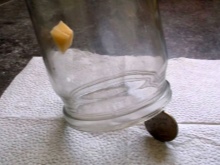
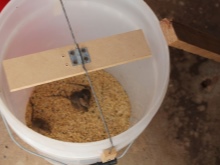
Gravity plastic trap
A plastic bottle is used to make a gravity mousetrap. The neck is cut off so that the mouse can be inside, and a bait is placed at the opposite end. The bottle is placed on a vertical surface so that it hangs a third above the floor. The structure is fixed to the post with a thread.
When a rodent enters the container, it loses its balance and falls. Due to the rope, it does not reach the floor, hanging in the air. The rodent falls into the trap. To prevent him from getting out, the bottle is greased with sunflower oil from the inside.

From paper and bucket
The simplest trap can be made from a bucket and paper. A wide sheet of paper is cut crosswise, moving to the edges. They put it on a bucket. The handle should be fixed in a standing position, a thread with a bait is attached to the center. In order for the rodent to penetrate the mousetrap, it is combined with the floor using a plank.
In an attempt to get food, the mouse moves to the center of the bucket. Then it penetrates under the paper. The material immediately returns to its original position, due to which the device can be used many times.
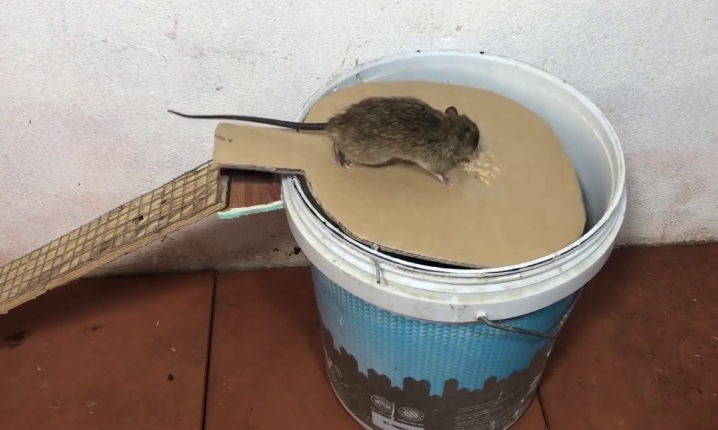
From the bottle
To construct a simple device for catching mice from a bottle, the top of the container is cut off. The neck must be turned over and inserted into the base of the plastic container. Use clothespins, wire, or glue to secure.
Lubricate the outer surface with oil. Place the bait on the bottom. In an attempt to get food, the mouse will slip into the container and will not be able to get out.

Wooden
The most sophisticated version of a homemade mouse trap is the wooden device. This is the block in which the hole is made. A snare, wire or weight is placed in it to kill a rodent. A series of holes is formed in the tunnel, united by a spring and a thread to activate the structure. This can be done in various ways:
-
movement of the lever;
-
removing the bait from the hook;
-
by biting the thread.
It is undesirable to make mousetraps from wood. Rodents can gnaw through such a structure, which is fraught with damage to it.

From the can
To make such a trap, you need a glass jar and thick cardboard. From it you need to cut a blank, similar to the letter "G". A bait is tied to the long side and covered with a jar on top.In this case, there must be a sufficient opening for the pest to penetrate inside.
In an attempt to remove the bait, the rodent will turn the piece over and the container will cover it. The disadvantage of a mousetrap is the high risk of accidental activations.
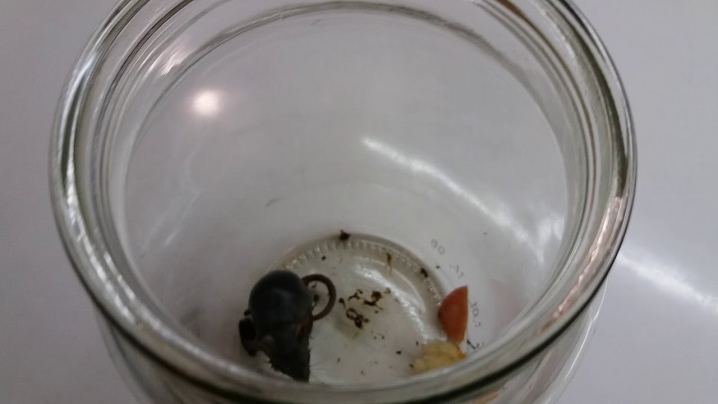
Paper
A simple mousetrap can be made from paper.
Twist the piece of paper to make it look like a 12 cm long tunnel, with an inlet diameter of 3.5-5 cm. The edges must be glued.
Use paper clips to secure the structure for a flat bottom. Place on a table so that part of the tunnel is suspended. Fix to the surface with scotch tape.
Place a large container at the bottom. The walls must be oiled so that the pest does not get out of the trap. Place the bait on the edge of the homemade mousetrap.
In principle, such a trap resembles a trap from a plastic bottle. Having penetrated the tunnel, the rodent will bend the paper and fall into the container installed below.
The advantage of a paper trap is its ease of creation and reusability. So that she can catch several mice, the bait is fixed at the bottom with a thread or with a wire. Scotch tape cannot be used, it knocks down the smell.
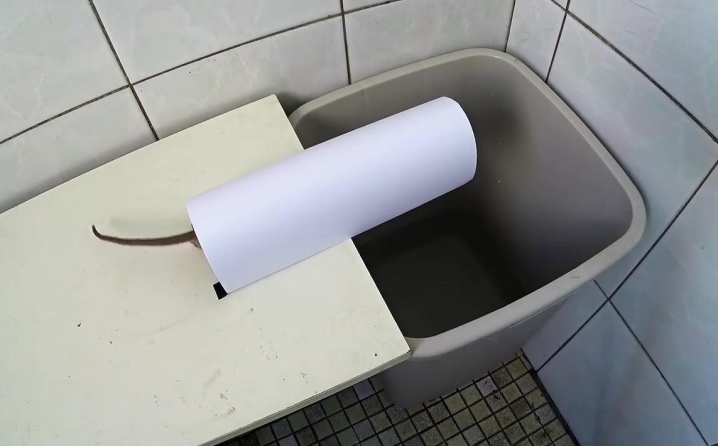
Mousetraps are an effective way to control rodents.
How to make a simple mousetrap with your own hands, see the next video.













The comment was sent successfully.